páng
side
Phonosemantic component. 凡 represents the meaning and 方 represents the sound.
Evolution

Oracle script
(~1250-1000 BC)
Bronze script
Late Western Zhou (~800 BC)
Seal script
Shuowen (~100 AD)
Clerical script
Eastern Han dynasty (25-220 AD)Regular script
ModernDefinitions
Most common words with 旁
Freq. | Word | Meaning |
|---|---|---|
lateral | ||
beside | ||
aside | ||
to watch with folded arms (idiom); to look on without lifting a finger | ||
observer |
Component uses
Sources
